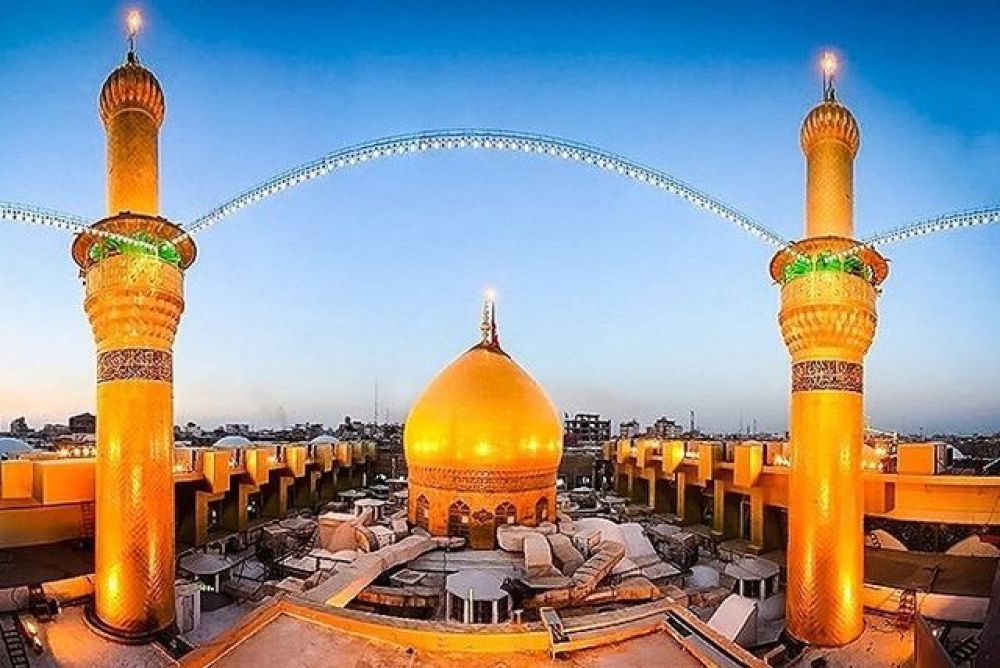

The Imam Hussein Shrine, located in the city of Karbala, Iraq, has a profound significance for millions of Shia Muslims worldwide. While the history of the shrine as a religious site dates back to the 7th century, its history as a tourism destination is intricately linked to religious pilgrimages rather than conventional tourism.
The shrine marks the burial site of Imam Hussein ibn Ali, the grandson of Prophet Muhammad, and a central figure in Islamic history. Imam Hussein's martyrdom in the Battle of Karbala in 680 AD has had a lasting impact, and the site has been a place of mourning and commemoration for Shia Muslims ever since.
The earliest records of pilgrimages to the Imam Hussein Shrine are found shortly after the Imam's death. Over the centuries, despite numerous periods of persecution and restriction, the site has drawn pilgrims from across the Islamic world. The act of pilgrimage to Karbala, also known as the Ziyarat, has always been more than a mere visit; it is a spiritual journey with immense religious significance.
In the 20th and 21st centuries, the pilgrimage to Karbala faced significant challenges. Political turmoil, wars, and sectarian conflicts have at times limited access and made travel to the shrine dangerous. However, periods of relative stability have seen a resurgence in pilgrims visiting the site.
In recent years, the Iraqi government and local authorities in Karbala have taken steps to facilitate and encourage what can be termed 'faith-based tourism,' understanding the economic and cultural importance of such visits. Infrastructure improvements and security measures have been implemented to better accommodate the increasing number of visitors, particularly during major religious events such as Ashura and Arba'een, which attract millions of pilgrims annually.
Recent trends in tourism to Karbala have focused on enhancing the spiritual and cultural experience for pilgrims. There has been an increased emphasis on the inclusion of educational and cultural components, such as visits to religious seminars, museums, and historical sites associated with the Battle of Karbala. Accommodations and services for international pilgrims have also seen advancements, including the establishment of multilingual guides and information centers.
While the region still faces challenges, including political instability and security concerns, the significance of the Imam Hussein Shrine as a pilgrimage destination remains undiminished. Efforts are ongoing to promote religious tourism, preserve the sacred nature of the site, and provide a safe and enriching experience for all visitors. The future of tourism in Karbala is tied to broader regional developments but remains a focal point for Shia Muslims around the world.
In conclusion, the Imam Hussein Shrine continues to be a vital center of pilgrimage, with its history as a tourism destination defined by the devotion of the faithful. The religious significance of Karbala ensures a persistent flow of pilgrims and visitors, with each year seeing improvements and adaptations to cater to this unique form of tourism.